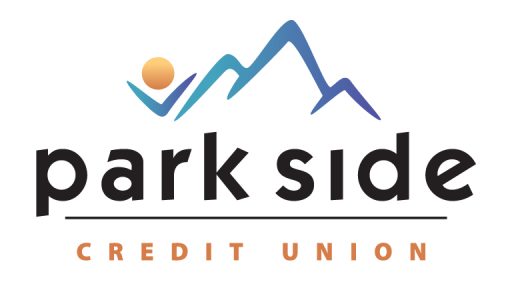Spark Artist in Residency at Washington Middle School
The Dennis and Phyllis Washington Foundation, Missoula County Public Schools (MCPS), the City of Missoula, the Missoula Cultural Council, and a broad range of local arts organizations have teamed up to help bring our community the Any Given Child Initiative. The program, developed by the Kennedy Center, focuses on ensuring equal access to diverse arts learning opportunities for any given child in our community.
Tell Us Something was chosen this year, after developing relationships with SPARK staff and trainers for the previous year, to teach the art of storytelling to 8th graders at Washington Middle School for 8 weeks.

Arts, specifically storytelling, have the power to ignite the imagination, spark innovation through creativity and transform learning.
SPARK! works in collaboration with artists, classroom teachers, university staff, school administration, and volunteers to ensure that the arts are an essential part of every school day.
This year I began an intensive artist-in-residency program with about 192 8th grade students. I worked with Washington Middle School teachers and staff to develop an intended curriculum that included a brief history of storytelling, how to tell a story and lots of storytelling practice and workshops.
The plan was then to begin working with students on their strengths to identify students who are comfortable telling stories as a form of public speaking. Those who have strengths behind the scenes would then learn more about photography and video as a form of storytelling, as well as how to shoot photos and record video and sound. Then they would learn how to edit all of that into a cohesive format of digital storytelling as photos, video and a podcast.
This turned out to be an overly ambitious goal.
The goal evolved.

We started early with hands-on storytelling. The students used the game Story War to begin getting into the habit of sharing stories. The stories in Story War are NOT true. And, it turns out, as we played the game, they are limited to one plotline: Hero has skills, hero fights and wins a battle. The premise of the game was limiting from the outset. Its success was getting students comfortable and in the habit of sharing stories.
Then we reviewed the 7 storytelling plot types, using examples from well-known movies:
We noted that some elements of each plot type overlap and I tried to use this conversation to inform their choices as they decided what stories they would choose to share. I also acknowledged that there are hundreds of examples I could give for each type of storytelling plot type. With the time allotted to us, I chose these.
We learned how to give constructive criticism using a rubric meant to judge stories and the telling of them. We watched examples of students their age sharing stories, using those examples to practice constructive criticism using the rubric.
We played Grok to teach the valuable storytelling skill of listening and empathy.
This week we are beginning to practice relaxation techniques and continue learning about constructive criticism as we prepare for the next two weeks.
The next two weeks will be workshop intensive in which we practice storytelling and the constructive criticism skills we have learned in preparation for sharing our stories in public. This might mean in front of the class. This might also mean as part of the Spark Artists’ Showcase at The Wilma on May 5th.
I’m hoping that the students are learning as much as I am. They have taught me so much about humility, teaching, planning and their age group in general. It’s been a long time since I have taught in such a formal setting to students so young. Although this is where my professional training was founded ( I have a BS in Education from Kent State University, waaaay back in 1995), being in the classroom like this again has been one of the most rewarding and nerve-wracking growing experiences of my time with Tell Us Something.
Your story Matters,
–Marc




